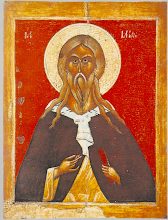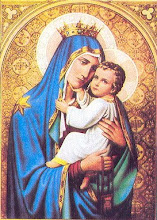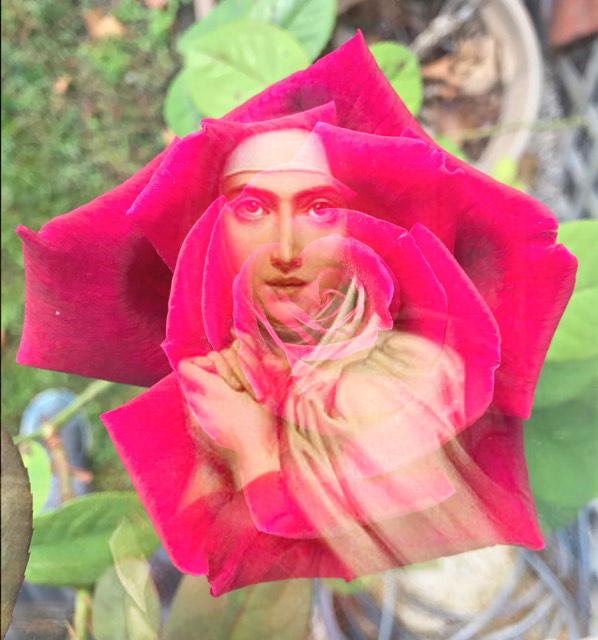
Local tradition, as well as substantiated historical evidence and artifacts, prove that Saint Patrick did pray in seclusion on the island of
Lough Derg, performing penances for his new flock of wayward Irish converts. It is called
"Saint Patrick's Purgatory" because of the cave that was supposed to lead to the nether world. People are still able to make
pilgrimages at this
holy site, going barefoot and fasting on tea and toast, while sleeping in bee-hive cells, just like the old monks. It would be an interesting place for a retreat.

We often forget what St. Patrick endured to bring the faith to Ireland. The Irish had such a reputation for fierceness and piracy so that most missionaries were afraid to go there.
Saint Patrick had suffered as a slave in Ireland (he would make a great patron of the enslaved) after being kidnapped from his home. That he would have the courage to return to the place of his degradation is amazingly heroic in itself. Once in Ireland as a missionary, Saint Patrick had many ordeals. The druids hated him and tried to kill him at least once; he was often hunted like an animal. In order to recollect himself and gain strength and grace for his apostolic endeavors, he would retreat to a mountain called "Croagh Patrick."
According to
New Advent:
A mountain looking out on the Atlantic ocean from the southern shore of Clew Bay, in the County Mayo, and called "the Sinai of Ireland." In pagan times it was known as Cruachan Aigli. It rises in a perfect cone to a height of 2510 feet. The account given below is taken from sources that post-date the saint's death by three hundred years. There are, however, good reasons to believe that the traditions they embody are genuine, St. Patrick was careworn and fatigued when he came to this remote part of the country. He longed to retire for a while to refresh his soul in solitude, and for that purpose on the Saturday before Ash Wednesday in the year 441, he betook himself to the mountain top. Here he spent the days of Lent, chastising his body with fasts, pouring out his heart to God, and entreating Him with prolonged importunity and with tears that the Faith may not fail in the land of Erin. The "Book of Armagh" mentions that God summoned all the saints of Erin, past, present and future, to appear before their father in the Faith to comfort him with a vision of the teeming harvest his labours would produce, and to join him in blessing their kinsmen and their country.
It is good to know that even the great saints had times when they had to fight discouragement. They rejuvenated themselves by being alone with God. Croagh Patrick is still a place of pilgrimage.























